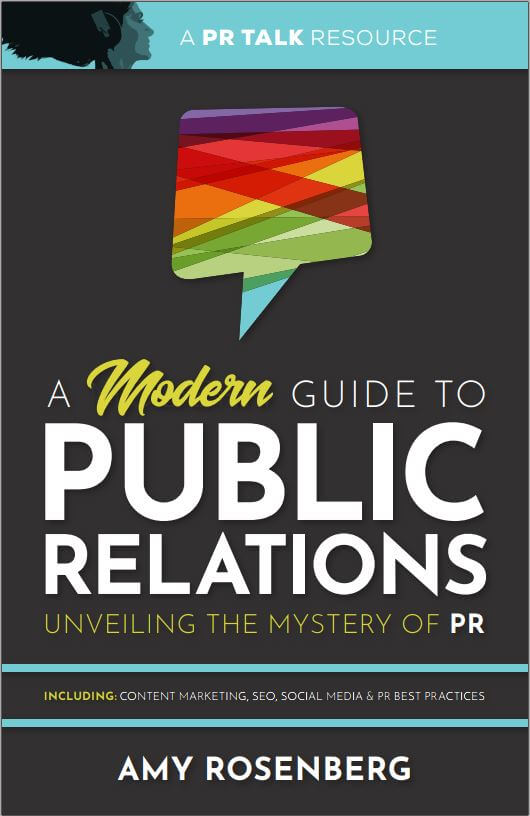It’s April Fools’ Day, but instead of tricks, we are here to give you some tips to help when you are writing your next headline. When crafting a headline, there are many things to consider when trying to grab your audience’s attention. Writing a headline can be a tricky task, but hopefully, these four tips will help on your next go-around.
Tip #1: Ask the Right Questions
Who is your audience?
Knowing your audience is the foundation for good communication. When you write a headline, think about what you know about your audience and what kind of action statement might pique their interest to keep reading. For example, if your piece was published in a “Mom’s Only” magazine, you might want to consider that moms can be very busy, so a quick action headline might do the trick. The main idea is to connect with your audience and create a headline that speaks to them so they want to read more.
How long can my headline be?
You want to capture the readers’ attention quickly, and to do so, you should consider keeping your headline between one to two lines (lines as in the width of a page, not sentences); the rule of thumb is between 3-10 words. Once you have the reader’s attention, you have a short amount of engagement time, since the average time frame for an individual’s attention span is about 8 seconds. When you keep the headline short, it will give the reader a glimpse of what they can gain from the full copy.
Tip #2: Consider Word Variety
The words you choose can change the urgency or the way a headline reads. Words that appeal to readers’ feelings or senses are more likely to grab attention. Also, using verbs can elevate and give life to your headline. For example, “Stocks Were High on Saturday” to “Stocks Were Roaring on Saturday,” may be more enticing to readers.
Another rule-of-thumb for crafting effective headlines is to use simple, straightforward words. A descriptive verb, as noted above, can be more attention-grabbing than complex or buzzwords words. Keep in mind, your headline also does not necessarily need to follow standard grammatical rules. That said, when you choose your words, you may want to consider some of these widely accepted rules to ensure you craft a reader-friendly headline.
Sometimes, however, the right words may seem elusive. If you are having trouble getting started, or feel stuck, don’t panic. If you have the time, set the task aside and come back to it later. Another trick is to just start writing. Write anything, no matter how silly, to help get your creative juices flowing again. Or, go online to read headlines in some of your favorite publications or sites. Doing that may give you the boost you need to create your own catchy headline.
Tip #3: Use Numbers
If you can slip relevant numbers in your headline, you may be surprised by the difference it makes. As we did for this piece’s headline, numbers are an effective way to draw in your audience. Numbers attract the eye because they automatically organize information into a logical order, which our brains love! They also give order to what is to come in the article and help the audience know what to expect.
The rule usually is that if you are writing any number below 10, it should be spelled out, but in the case of headlines, this rule can be overlooked to save time for the reader. Some even say the ordinal form has more attraction, but we’ll let you be the judge of that based on these headline examples: “Seven Kittens Rescued from Burning Building” or “7 Kittens Rescued from Burning Building.” Which seems better to you?
Tip #4: Let the TACT Test Be Your Guide
When you are writing a headline, it may be helpful to review it to check and make sure it passes the TACT test, which is outlined below.
Taste. Is your headline tasteful? Will it offend anyone?
Attractiveness. Does it attract the reader? What might you do to make it even stronger?
Clarity. Is it clear and concise? Are there any phrases that can be replaced with one word?
Truth. Is it truthful? Can anything be misconstrued?
Remember, your headline can be a condensed version of the story that follows. Its main purpose is to get the rest of the story read. Every word counts, so following the TACT guidelines can help you think about the value and meaning of each word – and if there’s an opportunity to choose an even stronger, compelling word to draw in readers.
At-A-Glance Checklist
To make these tips easier to refer to, use this handy checklist to help you create effective and attention-grabbing headlines.
- Use action words/verbs
- Keep your headline between three to 10 words
- Consider what will motivate your audience
- Include numbers when possible
- Check your headline using TACT
We hope this helps the next time you need to write a headline, and inspires you to create the one that grabs the most attention.







